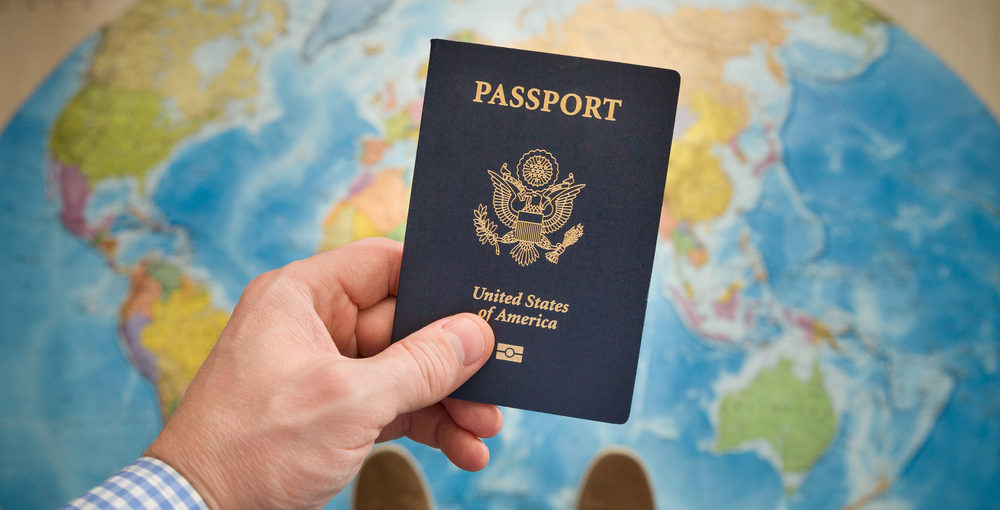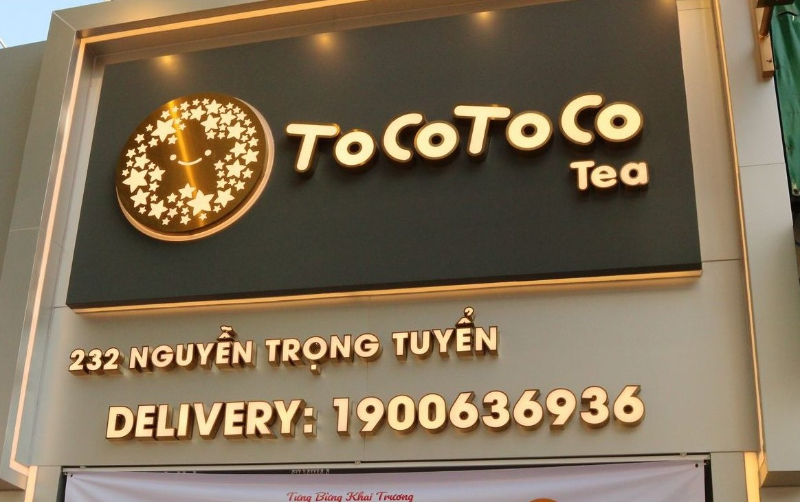Traveling internationally often requires layovers in different countries, making transit visas a crucial consideration for many passengers. While some travelers can transit freely, others must obtain a visa before passing through certain countries. Understanding the various transit visa options and exemptions can help you avoid unexpected travel disruptions. Additionally, knowing how to handle situations like Vietnam visa denied cases and how to get an urgent Vietnam visa can ensure a smoother journey.
Contents
1. What is a Transit Visa and Who Needs One?
A transit visa is a short-term visa that allows travelers to pass through a country en route to their final destination. This visa does not permit entry beyond the airport or seaport, and its validity is typically limited to a few hours or days.
Not all travelers require a transit visa. Whether you need one depends on:
- Your nationality.
- The country you are transiting through.
- The duration of your layover.
- Whether you plan to leave the airport.
For example, some countries allow visa-free airside transits if you remain in the international zone, while others require a visa regardless of your final destination.

Vietnam transit visa requirements
2. Common Transit Visa Options Around the World
Different countries have unique transit visa policies. Below are some common examples:
United States (C-1 Transit Visa)
The U.S. requires travelers from certain countries to obtain a C-1 Transit Visa if they are transiting through a U.S. airport. Travelers under the Visa Waiver Program (VWP) do not need this visa but must apply for ESTA (Electronic System for Travel Authorization) before traveling.
Schengen Area (Airport Transit Visa – ATV)
Schengen countries require travelers from specific nations to obtain an Airport Transit Visa (ATV) if they are changing flights in a Schengen airport. However, some travelers are exempt, such as those with valid Schengen visas, residence permits, or specific nationalities.
United Kingdom (Transit Without Visa Scheme – TWOV)
The UK allows certain nationalities to transit without a visa if they meet specific requirements, such as holding a visa for the U.S., Canada, Australia, or New Zealand. If you do not qualify for TWOV, you must apply for a Direct Airside Transit Visa (DATV).
Vietnam Transit Visa
Vietnam generally does not require a transit visa for passengers who remain in the airport for less than 24 hours and do not leave the transit area. However, if you plan to leave the airport, a short-term visa is required.
3. Transit Visa Exemptions – Who Doesn’t Need One?
Many countries offer transit visa exemptions based on factors such as:
- Visa-free agreements: Some nationalities can transit without a visa due to bilateral agreements.
- Short layovers: If your layover is brief and you do not leave the airport, you may not need a visa.
- Holders of valid visas or residence permits: Travelers with valid visas for certain countries (e.g., Schengen, U.S., UK, Canada) may be exempt.
It is essential to check the specific transit visa rules of your destination country before booking flights to avoid last-minute issues.

Transit visa at Vietnam
4. How to Get an Urgent Vietnam Visa for Transit or Entry
If you need to transit through Vietnam or enter the country on short notice, knowing how to get an urgent Vietnam visa is critical.
Expedited Visa Options
Vietnam offers various fast-track visa options:
- Visa on Arrival (VOA): Available for travelers arriving by air, an urgent VOA can be processed in 4-8 hours.
- E-Visa: While standard processing takes 3-5 days, expedited services can reduce this time to 1 working day.
- Emergency visa services: If you face an unexpected delay or need a last-minute visa, agencies can arrange an urgent visa within a few hours.
Steps to Apply for an Urgent Vietnam Visa
- Choose the right visa type (single or multiple entry, 30 or 90 days).
- Submit an online application with a reputable agency.
- Select expedited processing for urgent cases.
- Receive an approval letter and print it.
- Get your visa stamped upon arrival at the airport.
This process ensures a hassle-free entry into Vietnam, even on short notice.
5. What to Do If Your Vietnam Visa is Denied
Visa denials can be frustrating, especially when traveling on a tight schedule. If your Vietnam visa is denied, consider the following actions:
Common Reasons for Visa Denial
- Incomplete or incorrect application details.
- Passport validity issues (less than six months remaining).
- Blacklisting due to prior visa violations.
- Submitting applications through unverified sources.
How to Resolve a Denied Visa Issue
- Check the reason for rejection: Review your application for errors.
- Reapply with correct information: Ensure all details are accurate and up-to-date.
- Seek assistance from a visa agency: Professional visa services can guide you through the appeal or reapplication process.
- Apply for an urgent visa service: If time is critical, opt for an expedited processing option.
If you frequently travel, ensuring you have a valid visa and checking entry requirements beforehand can prevent unexpected refusals.

Understanding Vietnam transit visas a comprehensive guide
Final Thoughts
Understanding transit visa requirements, exemptions, and emergency visa solutions can make international travel smoother. Whether you’re navigating through layovers or dealing with urgent visa needs, staying informed helps avoid delays and unnecessary expenses. If you ever find yourself needing how to get an urgent Vietnam visa or facing Vietnam visa denied situations, knowing the right steps to take ensures your trip stays on track.
For personalized visa assistance, always consult a professional visa agency to ensure a hassle-free journey.



